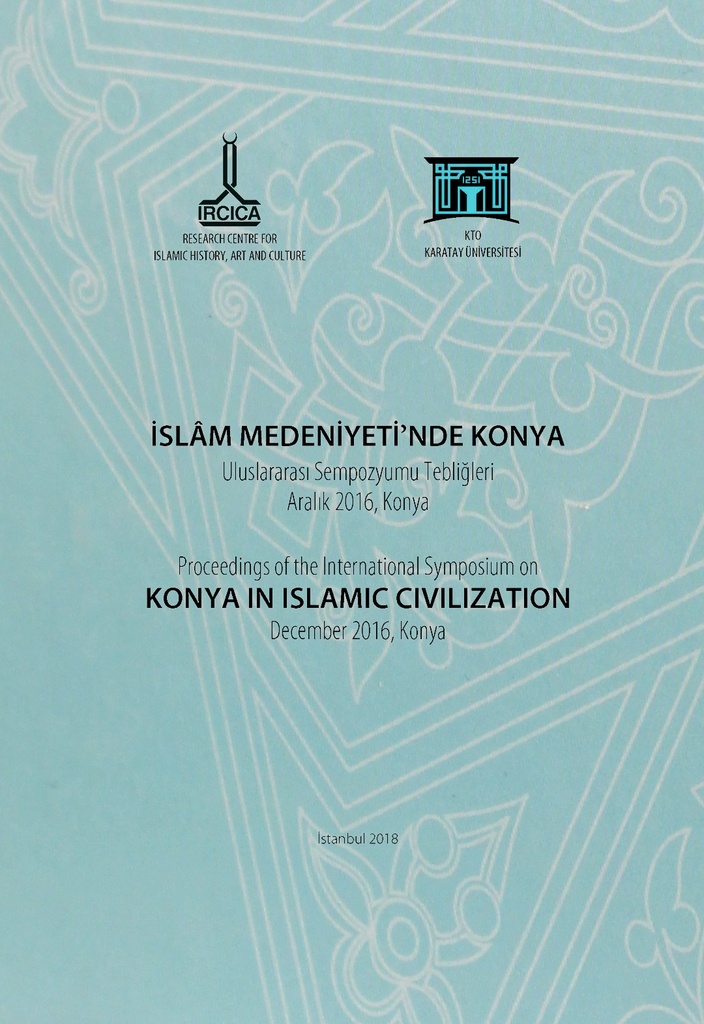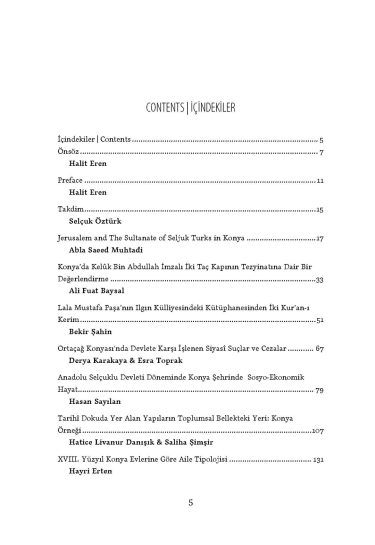The international symposium on “Konya in Islamic Civilisation” was organized by IRCICA, Karatay University of Konya Chamber of Commerce, and Konya Metropolitan Municipality, on the occasion of the OIC’s program “Konya, Islamic World Tourism Capital 2016”. The symposium took place on 17-19 December 2016, its opening date corresponding with the “Sheb-i Arus” Celebrations associated with world-renown Sufi scholar Mawlana Jalal al-Din al-Rumi. The decision by the OIC Member States to select Konya as the Islamic World Tourism Capital 2016 was taken at the 4th Coordination Committee Meeting on Tourism (Jakarta, Indonesia, 2014) of the OIC Standing Committee for Economic and Commercial Cooperation (COMCEC), according to the selection criteria defined by the Islamic Conference of Tourism Ministers at its 8th Session (Banjul, Gambia, 2013). Konya is a major center of culture and civilization and known for having served as the capital of the Seljukid State. It is home to eminent figures such as Mawlana Jalal al-Din al-Rumi, Sadr al-Din al-Qunawi, Shams Tabrizi, Sahib Ata, Jalal al-Din Karatay, Hacıveyiszade Mustafa Sabri Efendi, and houses various madrasas, educational and religious organizations.
The symposium was attended by scholars and researchers from 10 countries: Albania, Azerbaijan, India, Iran, Jordan, Oman, Russia, Tajikistan, Turkey and United Arab Emirates. Diverse aspects of Konya as a center of cultural tourism were studied and highlighted during the academic sessions, underlining its role, contributions and importance in Islamic history. The papers addressed topics related to the cultural and scholarly developments in Konya over the course of its Islamic history during the Seljukid, Ottoman and present periods; its eminent religious scholars, educational institutions, social, artistic and literary developments; its urban and architectural heritage and the spirit of tolerance that emanated from the scholarly-mystic atmosphere of Konya making it a world city that symbolizes tolerance and compassion. The book includes twenty research articles.
The symposium was attended by scholars and researchers from 10 countries: Albania, Azerbaijan, India, Iran, Jordan, Oman, Russia, Tajikistan, Turkey and United Arab Emirates. Diverse aspects of Konya as a center of cultural tourism were studied and highlighted during the academic sessions, underlining its role, contributions and importance in Islamic history. The papers addressed topics related to the cultural and scholarly developments in Konya over the course of its Islamic history during the Seljukid, Ottoman and present periods; its eminent religious scholars, educational institutions, social, artistic and literary developments; its urban and architectural heritage and the spirit of tolerance that emanated from the scholarly-mystic atmosphere of Konya making it a world city that symbolizes tolerance and compassion. The book includes twenty research articles.









